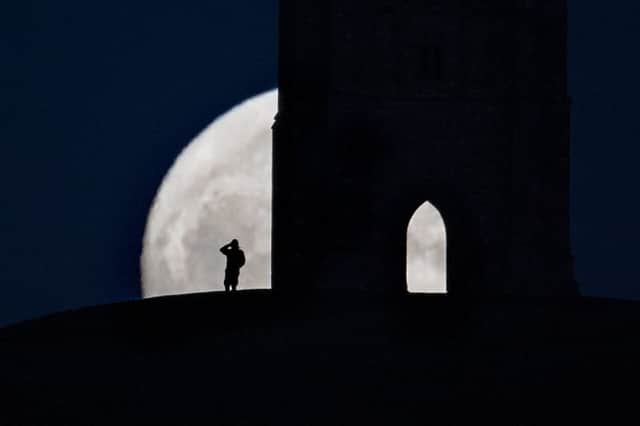A full 'Wolf Moon' is coming at the end of January - how to see it where you live


As the nights remain long – though they are getting shorter – and the air crisp, sometimes it can be nice to step out into a bracing winter’s night.
January’s already delivered plenty of those already, but tonight (28 January), the country will be subject to some bright moonlight.
Advertisement
Hide AdAdvertisement
Hide AdThat's because that’s when the first full moon of 2021 occurs.
But how can you see it, when exactly will it be full – and just why is January's full moon called a 'Wolf' Moon?
Here is everything you need to know.
What is a 'Wolf' Moon?
The majority of pre-modern calendars used the moon as the basis for the names of their months, a convention ended by the introduction of the solar Julian and Gregorian calendars.
In modern times, the moons have developed new names, the majority of which have roots attributed to Native American traditions. They tend to hold particular resonance with the time of year in which they fall, and have gained ground in American folklore in recent years.
Advertisement
Hide AdAdvertisement
Hide AdIt’s thought these names are "Colonial American", and were adopted from the Algonquian languages of the native peoples who lived in the area of the country which is now New England.
But January’s “Wolf Moon” is thought to have been named by both Europeans and Native Americans because of the lupine howling which haunted the midwinter across the northern hemisphere.
Will it look any different?
The moon will not appear any different to how it normally does when it’s in its full phase.
The name ‘Wolf’ simply derives from the time of year, and has no bearing on what the lunar body will actually look like in our sky.
Advertisement
Hide AdAdvertisement
Hide Ad